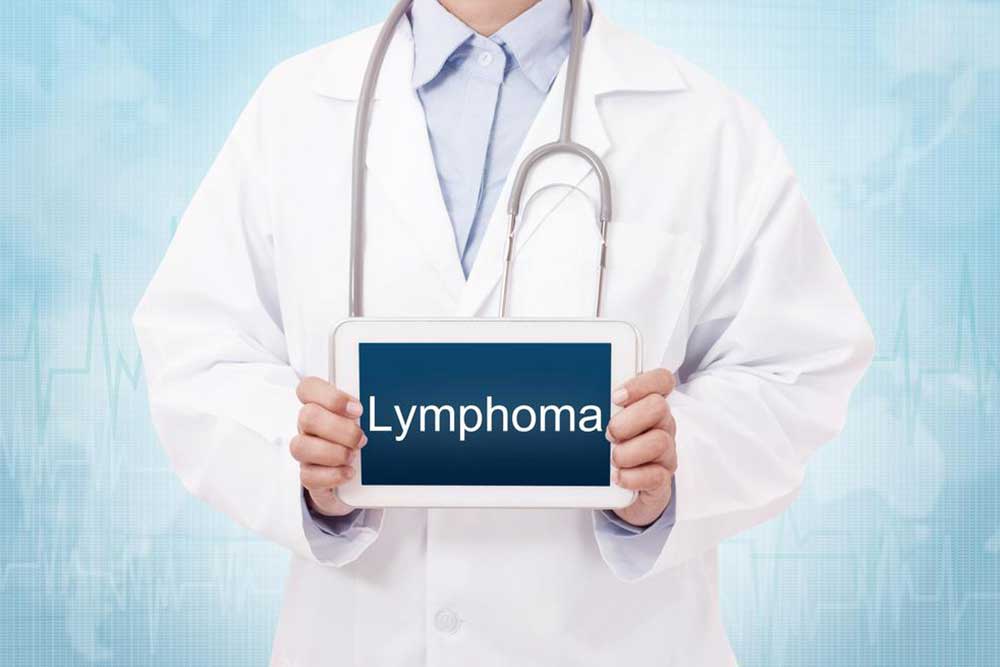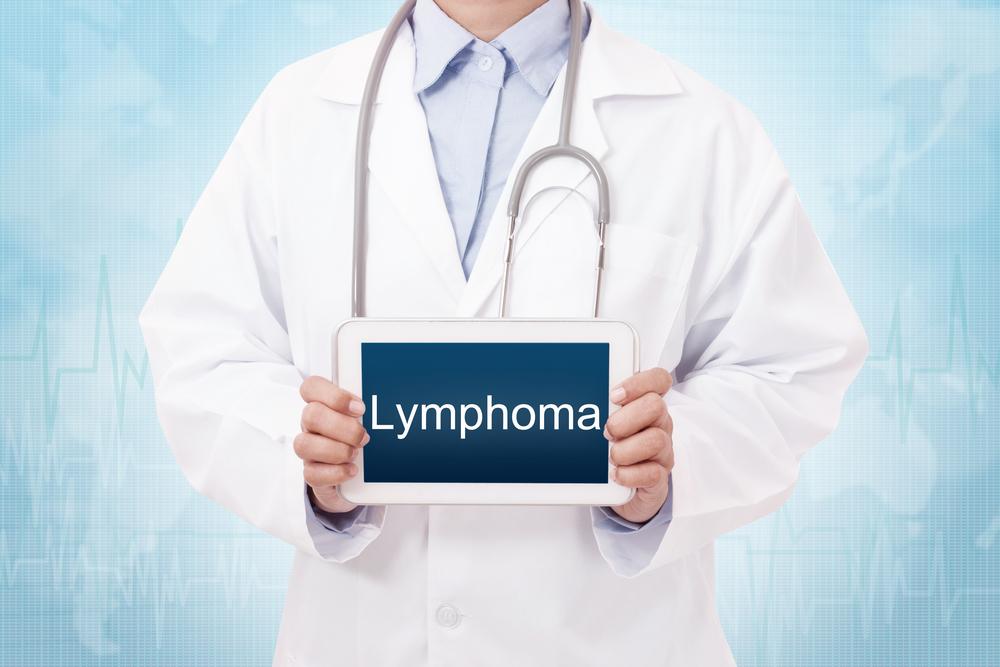Comprehensive Guide to the Various Types of Lymphoma
This comprehensive overview explains the different types of lymphoma, including Hodgkin’s and non-Hodgkin’s subtypes. It highlights symptoms, characteristics, and diagnosis details, providing valuable insights for those seeking understanding about this cancer. Early detection and treatment are crucial, and the guide aims to educate readers about the disease’s diversity and severity. It also emphasizes the importance of consulting healthcare professionals for accurate diagnosis and management.

Comprehensive Guide to the Various Types of Lymphoma
Lymphoma is a type of cancer that targets lymphocytes, the white blood cells responsible for defending the body against infections. This disease causes these cells to multiply uncontrollably, often beginning in the lymph nodes. Initial signs include swollen, painless lymph nodes. Lymphomas are classified into Hodgkin’s and non-Hodgkin’s categories. Hodgkin’s lymphoma is rarer, distinguished by Reed–Sternberg cells, while non-Hodgkin’s lymphoma is more prevalent and diverse.
Non-Hodgkin’s lymphoma includes various subtypes:
B-cell lymphoma: One of the most aggressive forms, such as diffuse large B-cell lymphoma, rapidly damages lymph nodes. Symptoms include swollen nodes, night sweats, weight fluctuations, fatigue, fever, and itching, along with abdominal pain and breathing issues.
T-cell lymphoma: A less common type, representing about 15% of cases, affecting skin, organs, lymph nodes, and blood. Symptoms can include skin patches, itching, tumors, recurrent infections, fatigue, fever, and abdominal problems.
Burkitt’s lymphoma: An aggressive, rare lymphoma associated with immune deficiencies, often seen in children in malaria-endemic regions and linked to HIV. Symptoms include fever, night sweats, facial or abdominal swelling, and rapid lymph node growth.
Mantle cell lymphoma: Rare and aggressive, affecting bone marrow and GI tract, typically diagnosed late.
Follicular lymphoma: Usually affects older adults, progressing slowly with symptoms like enlarged lymph nodes, night sweats, and weight loss.
Small lymphocytic lymphoma: Similar to follicular lymphoma, with slow growth, originating in lymph nodes.
Lymphoplasmacytic lymphoma: A rare form in older individuals caused by abnormal antibody production, leading to anemia and infection susceptibility.
Hodgkin’s lymphoma includes subtypes such as:
Lymphocyte-depleted Hodgkin’s disease: Rare, aggressive, mainly affecting young adults and immunocompromised patients, characterized by Reed–Sternberg cells.
Lymphocyte-rich Hodgkin’s disease: Makes up about 5% of cases, more common in men, identifiable by lymphocytes and RS cells.
Nodular lymphocyte-predominant Hodgkin’s disease: Non-aggressive, usually in males aged 30-50, without RS cells.
Mixed cellularity Hodgkin’s lymphoma: Features RS cells and lymphocytes, common in older men.
Nodular sclerosis Hodgkin’s lymphoma: The most common, seen mainly in young adults, with sclerosis in lymph nodes. It is highly treatable and often curable.










